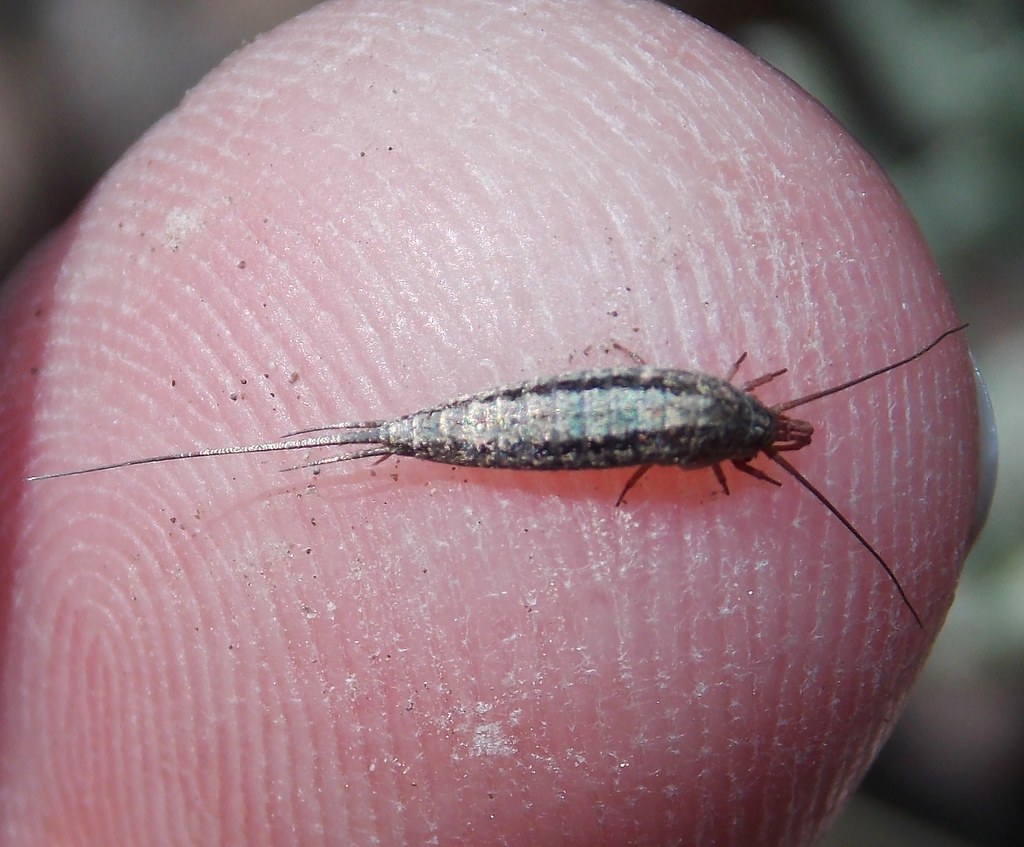Silverfish, those tiny, wingless insects with a silvery sheen, can be a nuisance in homes, especially in damp and dark areas. Their presence often indicates a need for professional pest control. If you’re wondering, “How do exterminators get rid of silverfish?” this guide will walk you through the step-by-step process professionals use to ensure your home is free of these pests.


How Pest Control Experts deal with Silverfish
Inspection and Identification Exterminators begin by inspecting the affected area. They look for signs of silverfish activity, such as shed skins, yellow stains, and small holes in paper, books, or wallpaper. Identifying the extent of the infestation helps them determine the best course of action. Silverfish are nocturnal, so exterminators may inspect during evening hours when these pests are more active. The inspection also involves identifying potential entry points and factors contributing to the infestation, like high humidity levels and cluttered spaces. Reducing Humidity One of the most effective ways to control silverfish is by reducing humidity. Silverfish thrive in moist environments, so exterminators often recommend dehumidifiers, repairing leaks, and improving ventilation in damp areas like basements, bathrooms, and kitchens. By controlling the humidity, exterminators not only make the environment less hospitable for silverfish but also prevent other moisture-loving pests from taking up residence. This step is crucial because it addresses one of the root causes of the infestation. Decluttering and Cleaning Clutter provides hiding spots for silverfish. Exterminators will advise you to declutter your home, especially in storage areas where paper products, cardboard boxes, and fabrics are kept. Cleaning these areas regularly, removing dust, and vacuuming can significantly reduce the silverfish population. Exterminators might also suggest storing items in sealed plastic containers to protect them from silverfish. This step is essential to eliminate the food sources that silverfish feed on, such as starches and cellulose found in paper and fabrics. Targeted Chemical Treatments Once the environment is less conducive to silverfish, exterminators apply targeted chemical treatments. They use insecticides specifically designed to control silverfish, often in the form of sprays, dusts, or baits. These are applied in cracks, crevices, and other hiding spots where silverfish are known to dwell. Exterminators take great care to apply these treatments safely, ensuring minimal exposure to humans and pets. They may also use insect growth regulators (IGRs) that disrupt the life cycle of silverfish, preventing them from reproducing and leading to a gradual decline in their population. Monitoring and Follow-Up Effective silverfish control often requires ongoing monitoring. Exterminators may place traps in strategic locations to capture any remaining silverfish and assess the effectiveness of the treatment. These traps also help detect any new infestations early. Follow-up visits can be scheduled to make sure that the silverfish problem is fully resolved. During these visits, exterminators will reassess the situation, reapply treatments if necessary, and provide additional recommendations for preventing future infestations.Dos and Don’ts After Silverfish Treatment
| Dos | Don’ts |
| Use dehumidifiers in damp areas. | Ignore leaks or moisture problems. |
| Store paper products in sealed containers. | Leave clutter in storage areas. |
| Regularly vacuum and clean affected areas. | Skip follow-up inspections. |
| Monitor for any signs of return. | Assume the problem is fully resolved after one treatment. |




